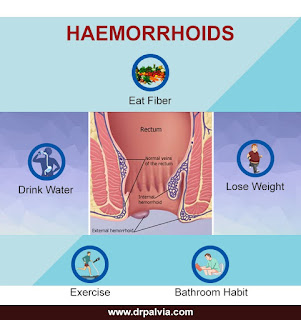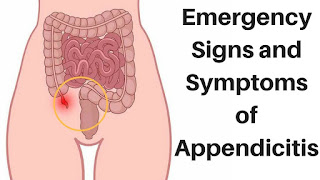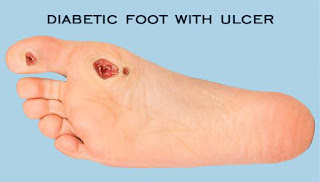Couse Prevention and Treatment of Piles

Haemorrhoids , also known as piles, are swellings containing enlarged blood vessels found inside or around the bottom (the rectum and anus). In many cases, haemorrhoids don't cause symptoms and some people don't even realize they have them. But when symptoms do occur, they may include: bleeding after passing a stool – the blood is usually bright red Itching around anus a lump hanging down outside of the anus, which may need to be pushed back in after passing a stool a mucus discharge after passing a stool soreness, redness and swelling around your anus Haemorrhoids aren't usually painful unless their blood supply slows down or is interrupted. When to seek medical advice See your Proctologist if you have persistent or severe symptoms of haemorrhoids. You should always get any rectal bleeding checked so your doctor can rule out more potentially serious causes. Your Doctor can often diagnose haemorrhoids using a simple internal examination of your back passa

